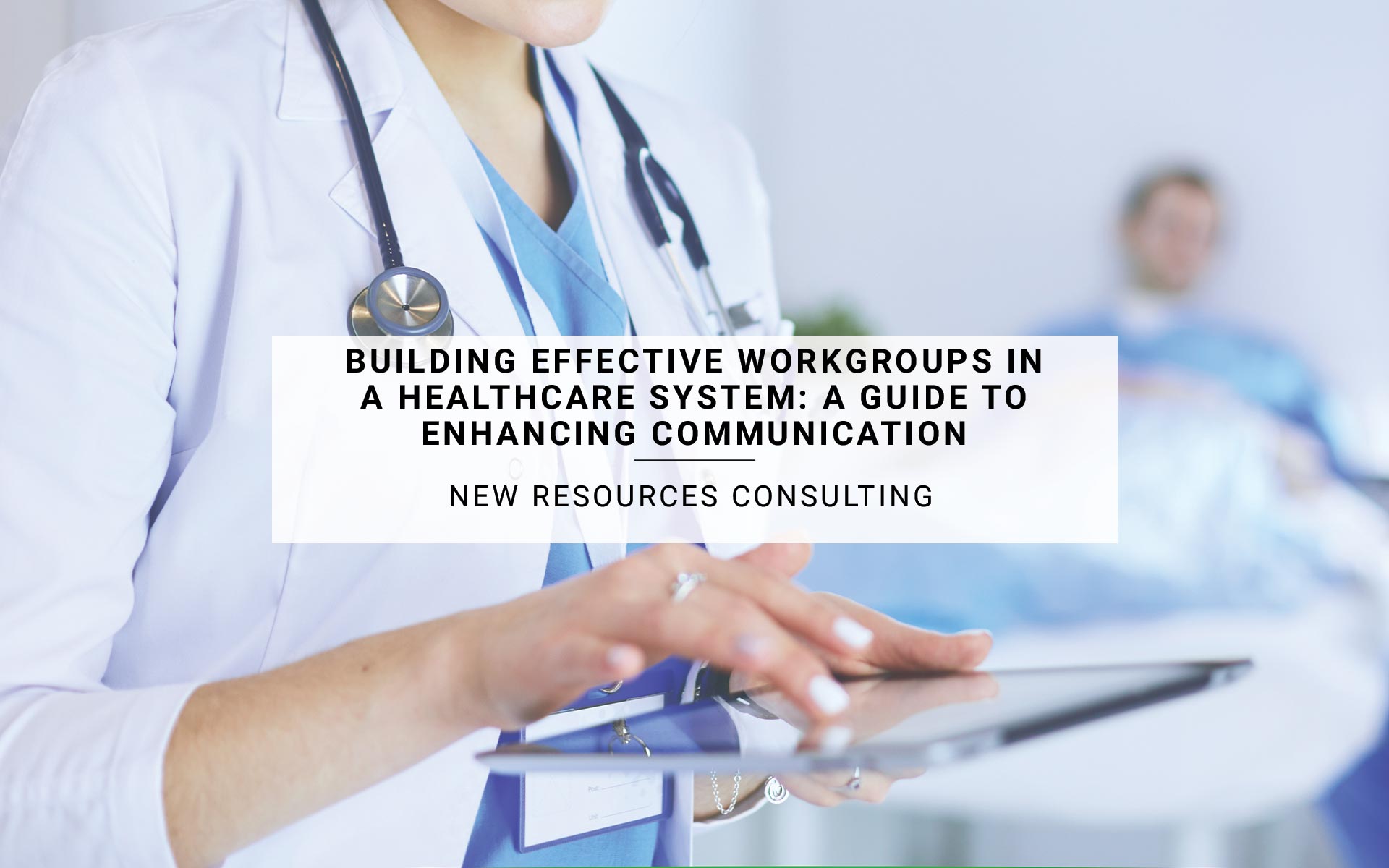In the rapidly evolving world of healthcare, fostering effective communication across various sites and departments is paramount. A well-structured workgroup system within a healthcare system can significantly enhance collaboration, streamline processes, and improve patient care. Here’s a comprehensive guide on creating effective workgroups, focusing on Health Information Management (HIM) groups, nurses, quality teams, pharmacists, and physicians, with an executive steering committee to oversee the initiative.
Establishing the Foundation
The first step in creating workgroups is clearly defining their purpose and scope. For healthcare systems spread across multiple sites, the primary aim is to bolster communication within specific fields, ensuring that information, best practices, and challenges are shared and addressed collectively. This initiative requires a charter that outlines each workgroup’s goals, responsibilities, and structure. The charter should emphasize the importance of cross-site communication to enhance overall care quality and operational efficiency.
Structuring the Workgroups
A successful workgroup system includes key end users, both the novices and the experts. Here’s how to break down the workgroup structure:
Health Information Management (HIM) Groups
HIM groups are crucial for managing patient data and ensuring its accuracy and privacy. This workgroup should include HIM professionals from all sites and focus on standardizing data management practices, addressing common challenges, and sharing updates on regulations and technology.
Nurses
Nursing workgroups should bring together nursing leaders and staff from various sites to discuss clinical protocols, patient care strategies, and professional development opportunities. This platform can also address staffing challenges and promote the sharing of innovative care models.
Quality Teams
Quality workgroups are dedicated to enhancing care delivery standards across the system. Members should include quality improvement professionals who can share successes, learn from each other’s challenges, and collaborate on system-wide quality initiatives.
Physicians
Physician workgroups should focus on clinical best practices, research, and innovation. This group can play a vital role in standardizing care protocols and encouraging collaborative research projects across sites.
Pharmacists
The goals are to standardize pharmacy practices across the system, discuss new drug information and regulations, and improve patient medication safety and efficacy. Collaboration with other clinical workgroups is vital to ensure an interdisciplinary approach to patient care, highlighting the integral role of pharmacy services in the healthcare continuum.
Executive Steering Committee
An executive steering committee, meeting quarterly, should oversee the workgroup initiative. This committee, comprising senior leaders from each discipline, ensures the workgroups are aligned with the healthcare system’s overall strategic goals. They should review workgroup progress, address barriers, and facilitate allocating resources where needed.
Communication: The Heart of the Initiative
The main charter for each workgroup emphasizes the importance of communication. Regular meetings, whether virtual or in-person, are essential for keeping everyone connected. Additionally, leveraging collaborative software and platforms can enhance continuous communication and document sharing between meetings.
Launching the Workgroups
With the structure and goals defined, launching the workgroups involves leadership support, inviting participation, holding an initial meeting to establish norms and expectations, and setting a regular meeting schedule. Maintaining momentum with active facilitation, regular updates, and celebrating achievements is crucial to keep the groups engaged and productive.
Conclusion
Creating workgroups within a healthcare system is a strategic approach to enhance communication and collaboration across multiple sites and disciplines. By focusing on shared goals and leveraging the collective expertise of HIM groups, nurses, quality teams, pharmacists, and physicians, healthcare systems can achieve significant improvements in patient care and operational efficiency. The executive steering committee’s oversight ensures that these workgroups remain aligned with the organization’s broader objectives, making this initiative a cornerstone of a thriving healthcare system.
At New Resources Consulting (NRC), we understand the complexities of the healthcare industry and the critical importance of effective communication and collaboration. With our extensive experience in the healthcare space, we have the resources and expertise to help you build a comprehensive charter for your workgroups or assist in implementing one. Whether you’re looking to enhance communication among HIM groups, nurses, quality teams, pharmacists, or physicians, NRC is here to guide you every step of the way. Reach out to us today, and let’s work together to create a more efficient and collaborative healthcare system.









